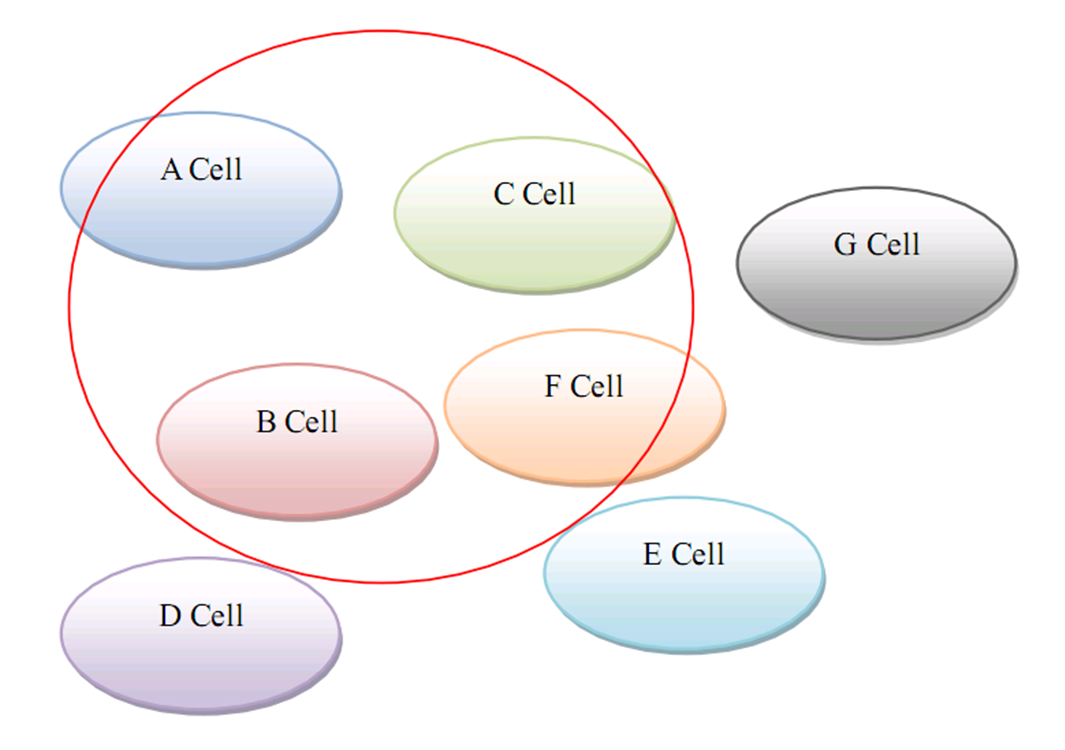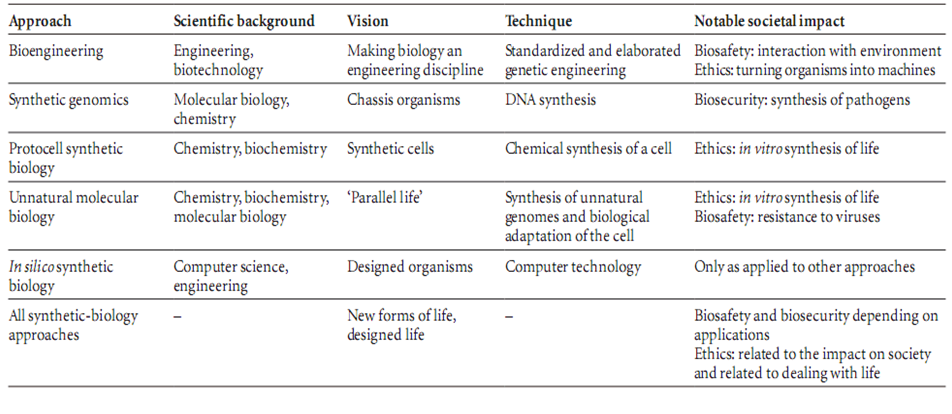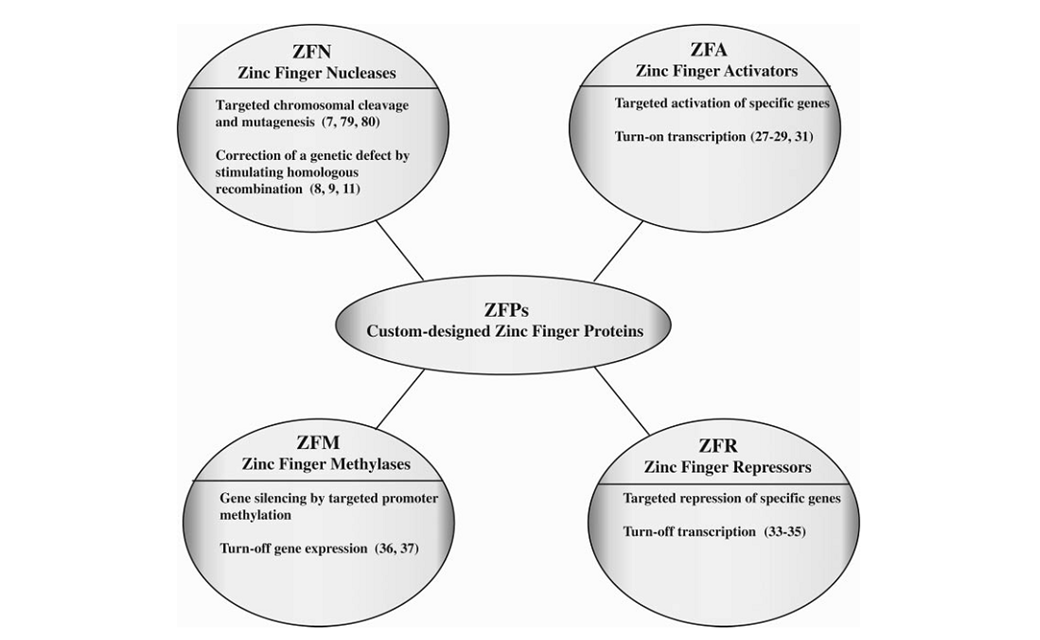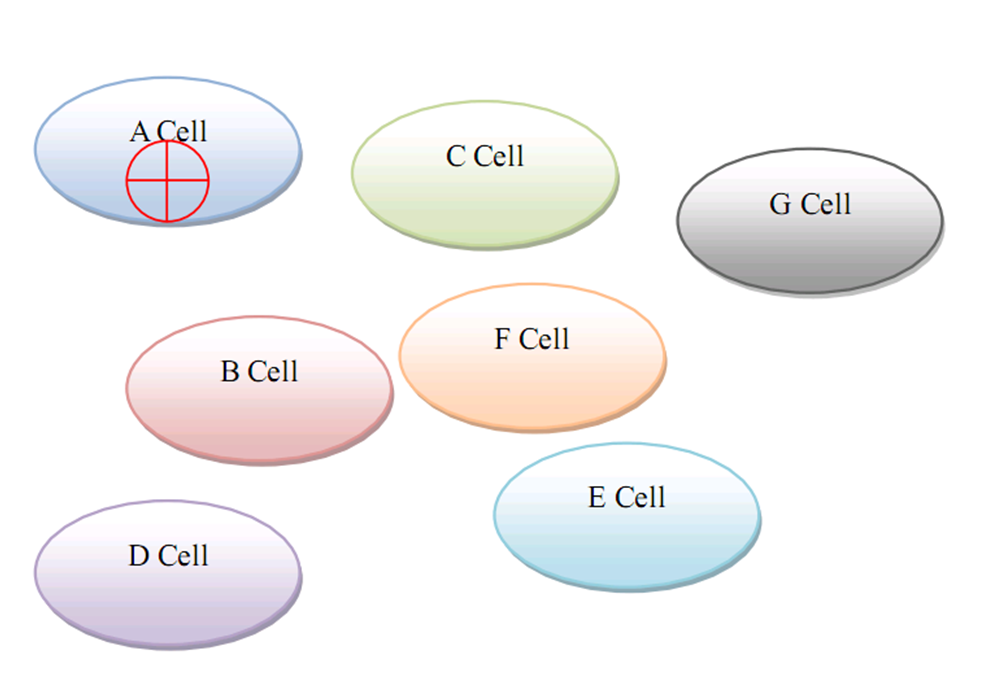|
Terminology
We termed our synthesized targeted gene therapy vector "GenSniper" to describe the cell specificity based on the biobrick targeted approach. Unlike the traditional gene therapy vector able to infect a variety of cells, GenSniper will be capable of specifically infecting one type of cells, just as snipers specifically shoot one target at high resolution.
 A sniper in the movie Enemy at Gates Apparently, other approaches (especially fusion proteins) have been reported for targeted gene therapy. As for our project, we aim at providing a standardized modification principle for targeted gene therapy, namely the introduction of Targeted BioBrick. With the cell-specific peptides changed by PCR, the synthesized GenSniper will be able to target different type of cells. Targeted BioBrick can also be incorperated onto different proteins for different function into a specific type of cells.
 Traditional gene therapy vector
Moreover, we termed the whole project "SynGenome Based GenSniper" or SBG, since the GenSniper we constructed is based on the synthetic genome which recombined the lambda and adenovirus genome for human practice. Reconstruction the genome of life form is also a hot area in synthetic biology, and our innovation is the synthesis of the viral genome that serves human practice. We also proposed two approaches, Bottom-Up and Top-Down, for genome synthesis procedures.
Interestingly, the abbreviation SBG can also be known as Synthetic Biology in Gene Therapy, which is the topic of our project. We hope our attempt in iGEM09 can do help to the application of synthetic biology in clinical uses such as gene therapy.
Implication on Synthetic Biology
Synthetic Genome
As suggested by the project title, our Project is equivalent to apply synthetic biology concepts and standards at the genomic level, constructing a genome which is neither adenovirus nor bacteriophage lambda genome. This synthetic genome, however, is capable of producing standardized and targeted gene therapy vectors for human clinical practice. Also, we use the abstraction principle in our design of this genome in order to make the synthetic gene therapy vector easy to be further modified, improved and industrialized. This project implicates the development of synthetic biology come to a higher level of living organism, the genome, which meets the trends of synthetic biology innovation.

Synthetic Biology in Gene Therapy
As implied by the abbreviation SBG of our project, we hope our attempt in iGEM09 can do help to the application of synthetic biology in clinical uses such as gene therapy. As for the area of gene therapy, the vector is a bottleneck topic. As for gene therapy vectors, the targeted function is a bottleneck technique. The introduction of the biobrick idea will benefit this area in long term, since the targeted gene delivery itself can be decoupled into several interrelated processes. Moreover, Targeted Biobrick can industrialize the design of targeted functional proteins or gene therapy vectors as well as the GenSniper with variable cell specificity.
From Shotgun to Sniper
Previous attempts on targeted gene delivery may involve the fusion between the gene therapy vector and a receptor protein of specific cell type(s). Before the standardized approach to select specific receptors for any given types of cells, those attempts may not easy to be reproduced. Our project suggests a standardized way of targeted peptide modification. For example, if you change your bullet (cell-specific peptides generated by phage display), you will be able to, in theory, precisely target your desired gene to any given type of cells. Of course, the Targeted Biobrick proposal needs more revision to meet the industrialization and clinical uses. We hope this attempt can draw the attention of scientists working with gene therapy on the convenience of biobricks.
Targeted Biobrick Platform
 Zinc Finger Protein Platform Our defintion of Targeted Biobrick in gene therapy is quite similar with the booming area in zinc finger nuclease and zinc finger proteins. Attempts in zinc finger proteins do reflect a concept of modulization at the protein level, however the standardized principles of restriction site prefix or surfix have not been widely applied in the construction of zinc finger protein platform.
Since our Targeted Biobrick accords the synthetic biology's standardization principle at both the DNA and the protein level, we also proposed a Targeted Biobrick Platform approach for researchers to contruct targeted proteins of different functions based on standardized rules, which will significantly faciliate the application and industrialization of gene therapy and related fields.
Satefy
One of the most crucial concerns about the safety of gene therapy vectors is the immunotoxicity. For example, adenovirus gene therapy vectors are subjected to this danger compared with adeno-associated virus. A few cases of death due to the viral or funga infection during gene therapy approaches have been reported.
Safety Concerns about SynGenome Based GenSniper
As for our project on engineered gene therapy vector based on bacteriophage lambda genome, main concerns may come from at least two aspects. First, the immunotoxicity of the structural proteins of the viroins. Second, possible cytotoxicity on the in vivo transfected target or non-target cells.
1) Immunotoxicity of the structural proteins of the viroins
Our synthetic gene therapy vector is composed of mainly two types of sructural proteins, the head structural proteins of bacteriophage lambda and the targeted biobrick protein. As indicated by recently experiments and application of phage gene therapy vectors, the cytotoxicities of phage proteins are far less toxic than the proteins of tranditionally used gene therapy vectors such as adenovirus. Contrarily, the application of our synthetic gene therapy vector may contribute to reduction of the immunotoxicity of gene therapy vector structural proteins.
In our projct, Targeted BioBrick is composed of four functional domains, the C protein of bacteriophage lambda, RGD domain, fiber protein from adenovirus genome and targeted peptide selected from phage display. C protein, of a bacteriophage lambda origin, is less toxic to target cells. Fiber protein is the L% gene product of adenovirus, while the proteins that are responsible for immuno-response are early proteins such as E2A. RGD domain is common in cell-cell junctions and unlikely to be involved in immuno-response. The cell-specific peptide might be potentially unsafe, especially randomly generated peptides. So cellular and animal experiments are recommended for Targeted BioBrick characterization before clinical uses.
2) Possible cytotoxicity on the in vivo transfected target or non-target cells
Except for Therapeutic DNA, the only thing that has been delivered into the cells is the viroin. Since the Targeted Biobrick is from adenovirus which is designated to be degraded, the whole viroin structure is very likely to be degraded in cells. Admittedly, the cytotoxicity of the viroin proteins (Nu1, A, W , B, C-Targeted Biobrick, D, E, FI, FII) should be carefully examined before any clinical use.
Safety Concerns about Plasmid GenSniper
Our wetlab work did not involve Plasmid GenSniper. Nevertheless, plasmid vectors in gene therapy has been reported among the safest despite its low efficiency and specificity. Inducing a Targeted Biobrick is a tempting approach, but concerns about the safety of this Targeted Biobrick also need careful attention.
Considering our drylab design, the DNA-binding protein is composed of a lambda repressor and a Targeted Biobrick. The latter is very likely to be safe because of its adenovirus origin (the adenovirus fiber is obvious not responsible for the immunotoxicity and cytotoxicity). Lambda repressor is also possbile to be degraded immediately without any specific protein sorting signal. Of course, clinical uses will require further identification of the toxicity of related proteins.
Safety Issues Q & A
1.Would any of your project ideas raise safety issues in terms of: researcher safety, public safety, or environmental safety?
2.Is there a local biosafety group, committee, or review board at your institution?
3.What does your local biosafety group think about your project?
4.Do any of the new BioBrick parts that you made this year raise any safety issues? If yes, did you document these issues in the Registry?
Ethics
Innovation
By comparing the structural similarity of bacteriophage lambda and adenovirus, this project applies the synthetic biology strategy at the genomic level, transplanting the complex process of viral gene therapy vector production into prokaryotic cells. This approach makes the industrial production of gene therapy vector easier to standardize and manipulate, which coordinates the standardization, abstraction and decoupling principles of synthetic biology. As for the synthetic engineering of the targeted biobrick, we decouple the process of viral infection into two sub-steps, attachment and internalization, which are ensured by the synthetic targeted peptides and RGD domain respectively. Viewed from the overall project, this approach is equivalent to synthesizing a viable form (coinciding with Craig Venter’s approach on synthetic biology) that actually contributes to clinical uses. This reflects the synthetic biology’s extension in human practice by learning from nature.
References
[1] David A.Williams, and Christopher Baum. Gene Therapy—New Challenges Ahead. Science. 2003, 302, 400-401.
[2] Marina Cavazzana-Calvo et al.. Immunodeficiency (SCID)-X1 Disease Gene Therapy of Human Severe Combined. Science. 2000, 288, 669-672.
[3] Esmail D. Zanjani, and W. French Anderson. Prospects for in utero human gene therapy. Science. 1999, 285, 2084-2088.
[4] Leland H. Hartwell, Leroy Hood, Michael L. Goldberg, Ann E. Reynolds, Lee M. Silver, Ryth C. Veres. Genetics: From Genes to Genome. McGrawHall, 3rd edition, 2008.
[5] http://en.wikipedia.org/wiki/Gene_therapy
[6] Jerry Guo, and Hao Xin. Splicing out the West?. Science. 2007, 314, 1232-1235.
[7] Chopra Paras, and Akhil Kamma. Engineering life through Synthetic Biology. In Silico Biology 6. http://www.bioinfo.de/isb/2006/06/0038. Retrieved on 2008-06-09.
[8] http://www.syntheticbiology.org
[9] Michael T. M., John M. M., and Jack P. Brock Biology of Microorganisms. Prentice Hall, 12th edition, 2008.
[10] Glen RN, and Phoebe LS. Role of αv integrins in adenovirus cell entry and gene delivery. Microbiology and Molecular Biology reviews. 1999, 63, 725-734.
[11] Yuanming Zhang, and Jeffrey M. Bergelson. Adenovirus Receptors. J. Virol. 2005, 79, 12125–12131.
[12] Miyazawa N, Crystal RG, and Leopold PL. Adenovirus serotype 7 retention in a late endosomal compartment prior to cytosol escape is modulated by fiber protein. J. Virol. 2001, 75, 1387–1400.
[13] Shayakhmetov DM, Eberly AM, Li ZY, and Lieber A. Deletion of penton RGD motifs affects the efficiency of both the internalization and the endosome escape of viral particles containing adenovirus serotype 5 or 35 fiber knobs. J. Virol. 2005, 79, 1053–1061.
[14] Sundar Durai, Mala Mani, Karthikeyan Kandavelou, Joy Wu, Matthew H. Porteus and Srinivasan Chandrasegaran. Zinc finger nucleases: custom-designed molecular scissors for genome engineering of plant and mammalian cells. Nucleic Acids Research, 2005, Vol.33, No.18.
|  "
"





